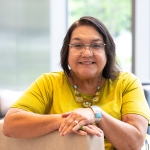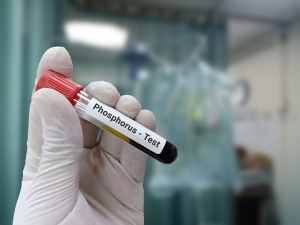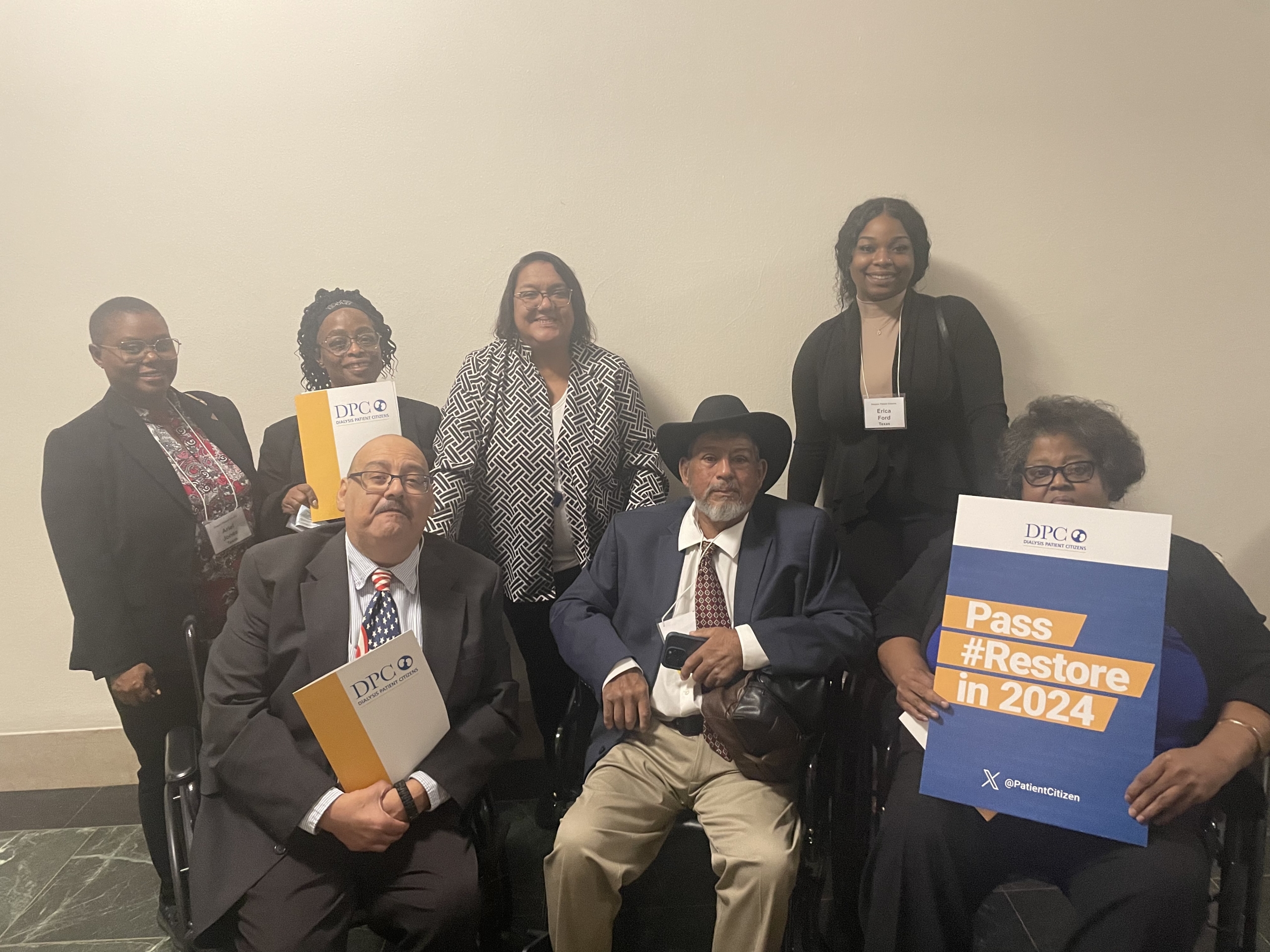
Natalie Zuniga, DCP Board Vice President
I was diagnosed with End Stage Renal Disease (ESRD) – or kidney failure – soon after a heart attack seven years ago. Like many ESRD patients upon diagnosis, I immediately thought of my mortality and what my death would mean for my family. But I knew that kidney failure wasn’t a death sentence.
My husband, Eddie, had been on dialysis for five years when I was diagnosed with ESRD, so he gave me a sense of what life with kidney failure would mean. Today, we navigate dialysis treatment together, including the strict dietary restrictions and lifestyle changes it requires. One challenge I didn’t anticipate was the difficulty of controlling my phosphorus levels. This oft overlooked but vital health metric can determine the future of a dialysis patient’s health.
Phosphorus isn’t something many people think about unless they’re on dialysis. But for those of us with kidney failure, it’s a big deal. When the kidneys fail, they can’t filter excess phosphorus from the blood. High phosphorus levels can cause severe health issues, from itchy skin and ulcers to much worse—like the risk of needing amputations. For me, high phosphorus, also known as hyperphosphatemia, has been a constant battle. My phosphorus levels were consistently high, above 8, when the normal range is 5.5 or below. No matter how strictly I followed the renal diet, which meant giving up foods I loved, like beans and cheese, my phosphorus wouldn’t budge.
Diet is only one part of managing phosphorus. I took phosphorus binders with every meal, which patients take to lower excess phosphorus levels. Yet, binders weren’t enough. I continued to suffer the effects of high phosphorus, including low energy and brain fog. It was frustrating because my blood levels were great otherwise. Eddie and I ate the same foods, and while his phosphorus was under control, mine stayed high. Every patient’s body is different, which is why phosphorus control is a significant struggle for some and not for others.
Thankfully, I learned about phosphorus blockers through the Dialysis Patient Citizens (DPC) Education Center. The DPC Education Center hosted a live discussion on phosphorus management, and one of the speakers talked about blockers, a newer medication that isn’t as widely known. Unlike binders, phosphorus blockers prevent phosphorus from being absorbed into the bloodstream at all. I decided to try them, but there was a problem—insurance typically doesn’t cover them.

I wasn’t going to give up. I got a free month of phosphorus blockers to test them out. The results were almost immediate: my phosphorus levels dropped from 8 to 5.6 in that first month. I was thrilled. I took my results to the insurance company, and they finally agreed to cover the medication. Now, after two months on blockers, my phosphorus is down to 5.3, and I feel like a new person. My energy is back, and my mind is clearer than it’s been in years. It’s incredible how much of a difference phosphorus control can make.
Most dialysis patients don’t even know phosphorus blockers exist. Most dialysis patients don’t know about many resources that could change their lives, which is why DPC Education Center’s work is so important. They connect patients with the resources and information we need to take control of our health.
Managing phosphorus is a challenge, but we can overcome it with the right tools and support. For anyone struggling with high phosphorus, I encourage you to speak with your healthcare professionals, your fellow patients, and the DPC team. Educating ourselves through these conversations is the best way to improve our quality of life and face kidney failure with strength and hope.
Of course, having a supportive partner like Eddie by my side has made all the difference. We’ve been married for over 40 years, and while kidney failure has tested us, it has also brought us closer. Together, we’re looking forward to our future. I’m even preparing for a kidney transplant, which will come with its own set of adjustments. Thanks to help from DPC and others, I’m thriving and ready for my next chapter.
Natalie’s article was written by her a month before her passing. She was always willing to speak-up for patients and to help her fellow advocates. Her kindness and voice will be sorely missed.




